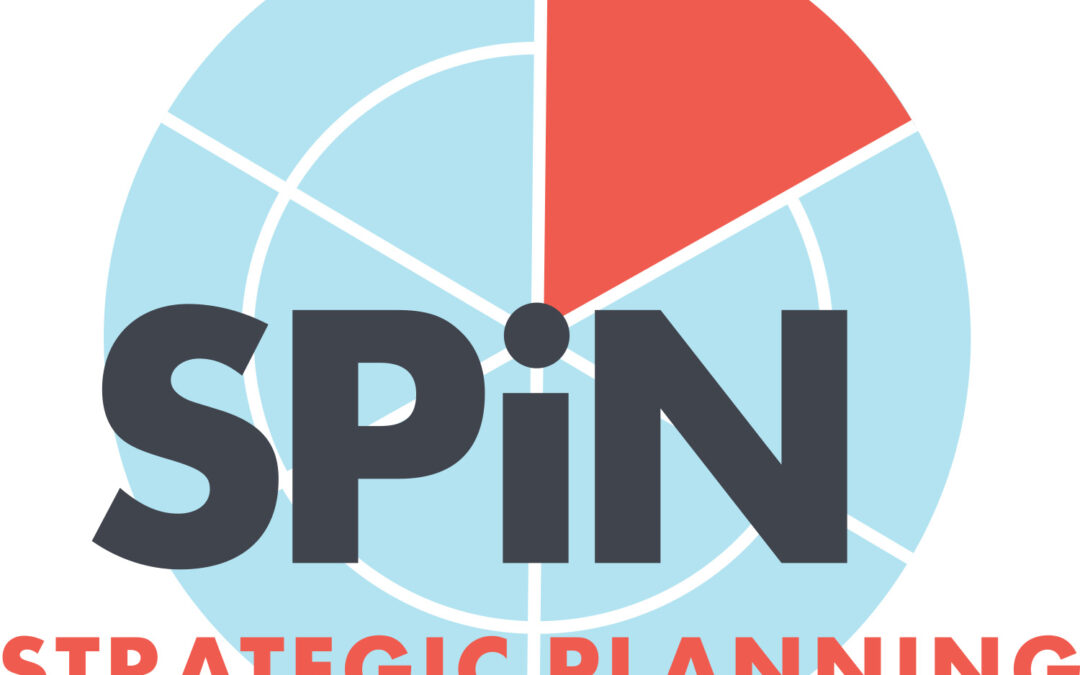Strategic Planning in Nonprofits (SPiN) covers six planning elements: preparing, listening, envisioning, planning, executing, and evaluating. SPiN anchors each unit in why it matters and provides tools to help learners act on what they learn to better achieve their nonprofit’s mission.
Upcoming SPiN Events
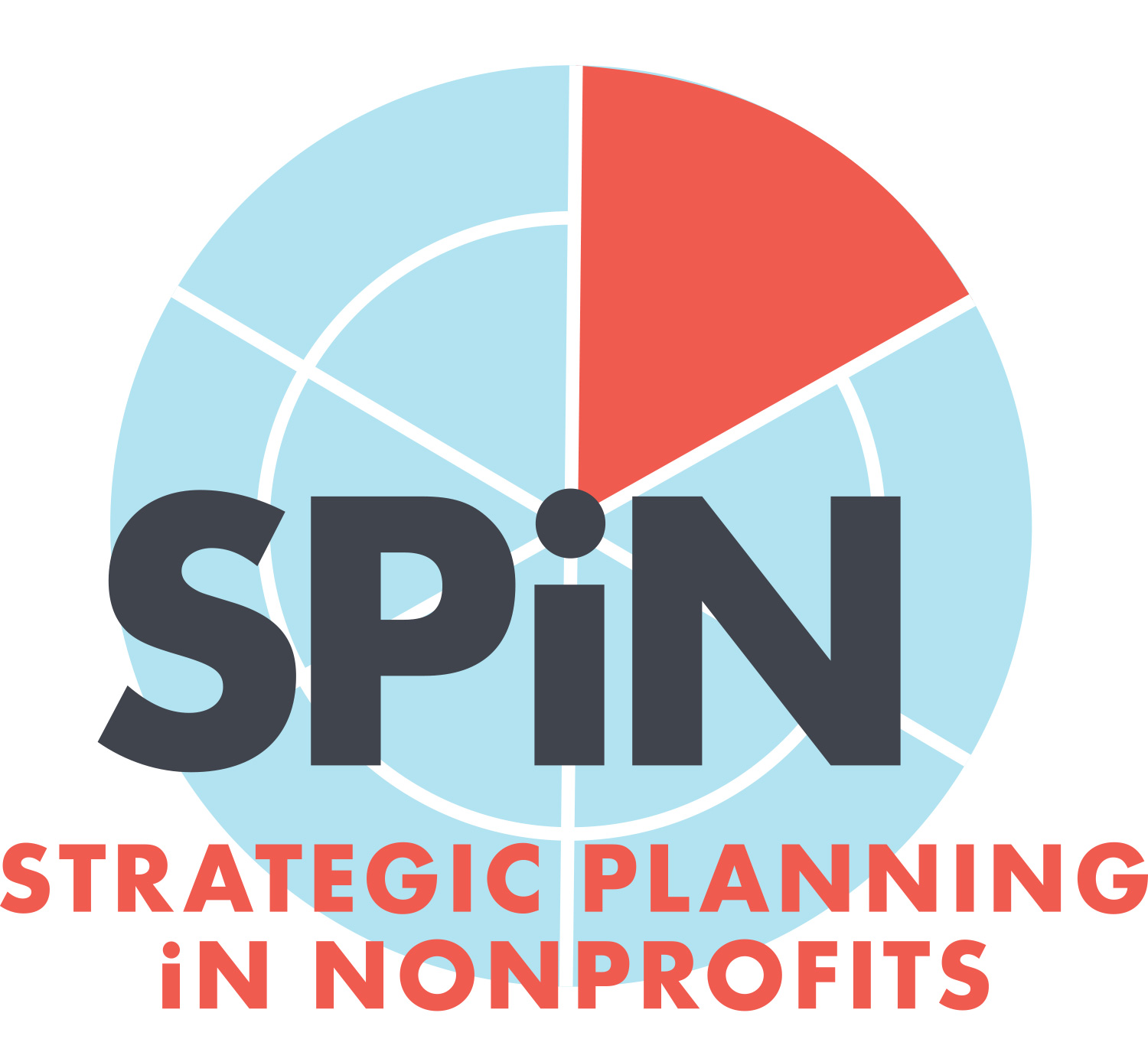
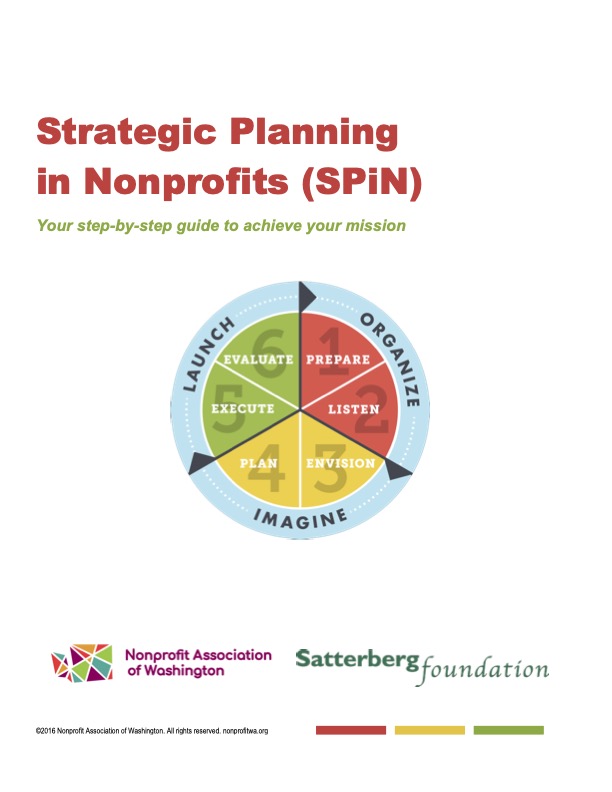
Strategic Planning in Nonprofits Guide
Start by downloading the Strategic Planning in Nonprofits Guide. As you work through the guide, watch the video for each chapter. Find activities, templates, and other documents to help put what you learned into practice in the document vault. Keep on learning with other resources on nonprofit governance, finance, and more.
View the GuideWhat We Cover in Strategic Planning in Nonprofits
Introduction
Start by reviewing the stages of Strategic Planning. You will get an overview of the content covered in the subsequent chapters.
Prepare
A key to successful Strategic Planning is “planning to plan”. To achieve a thoughtful plan that is truly strategic, you’ll need an effective process that is inclusive, transparent, and well-informed.
Listen
When an organization’s leadership knows about the people you serve and other relevant data about your program and organization, your strategy improves, and you gain respect among your key audiences. You will be able to tell your story better, and your relationships and community impact will grow.
Envision
When your organization invests time to develop or renew a powerful mission and vision, you will be able to answer the questions “Who are we?” and “Why do we exist?”, have a strong connection to your organization’s core purpose, and set the stage for a strong, well-grounded strategy.
Plan
It is important to clarify what specific areas of focus and strategies you will use to achieve your mission. Planning helps you to chart a course to turn your vision into reality; determine what actions best support your Mission and Vision; ensure that your plan is right-sized and achievable by analyzing resource and capacity issues; inspire others to take action to help your organization to succeed.
Execute
We have all heard stories about plans that sit on the shelf and are never referred to again. You have just done a lot of work to set the strategic direction of your organization and get everyone on the same page. Be sure to continue to utilize the plan framework and hold yourselves accountable to reach your goals.
Evaluate
Evaluation will help you learn whether your activities are producing the desired results or change you are seeking to accomplish, gain new insights into how you can improve your programs and increase your impact; demonstrate to funders and donors that your work is making a difference; and give you data that can serve as a foundation for your next strategic plan.
Document Vault
Check out these documents and templates to deepen your learning and help put what you learned into practice.
Agenda for Initial SP Meeting
Alignment and Accountability Handout
Chapter: Envision – Guide
Chapter: Evaluate – Guide
Chapter: Execute – Guide
Chapter: Introduction (SPiN) – Guide
Continue Learning
Boards in Gear
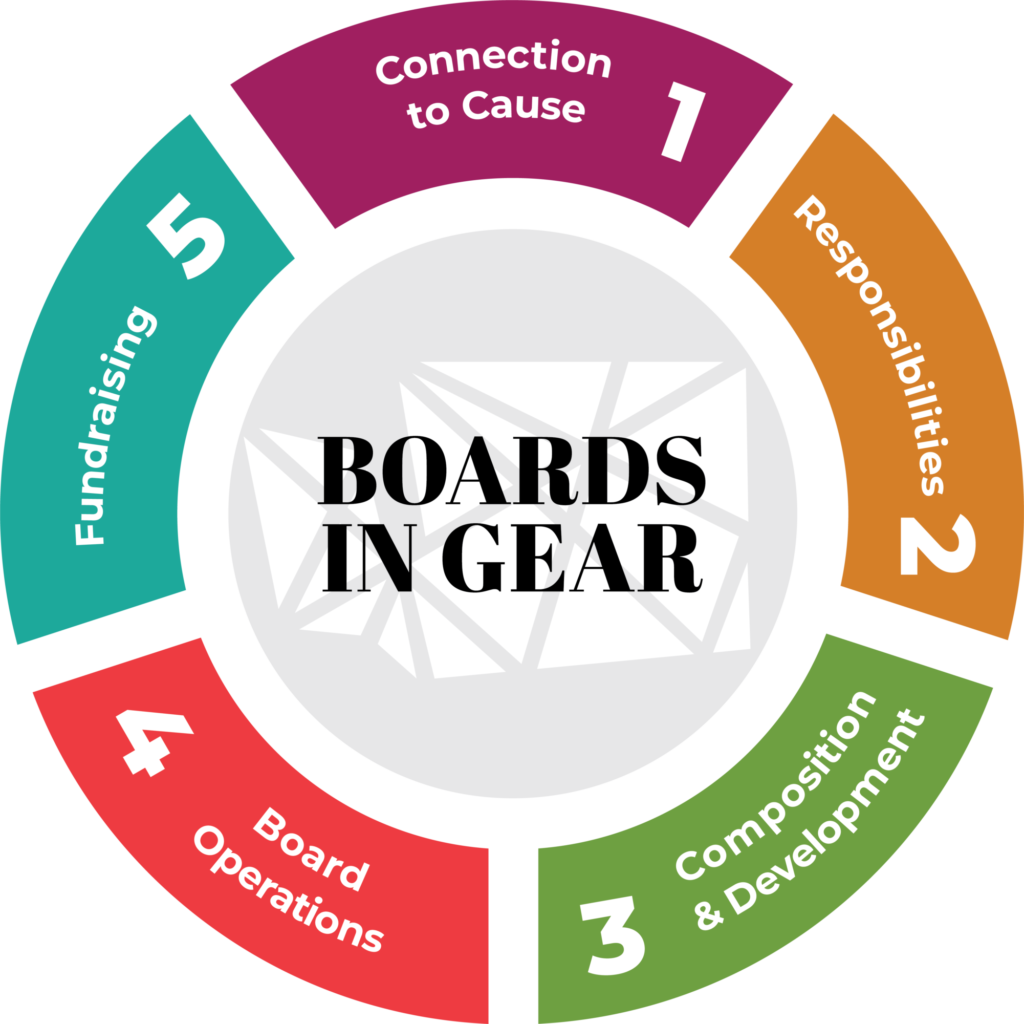
Finance Unlocked for Nonprofits
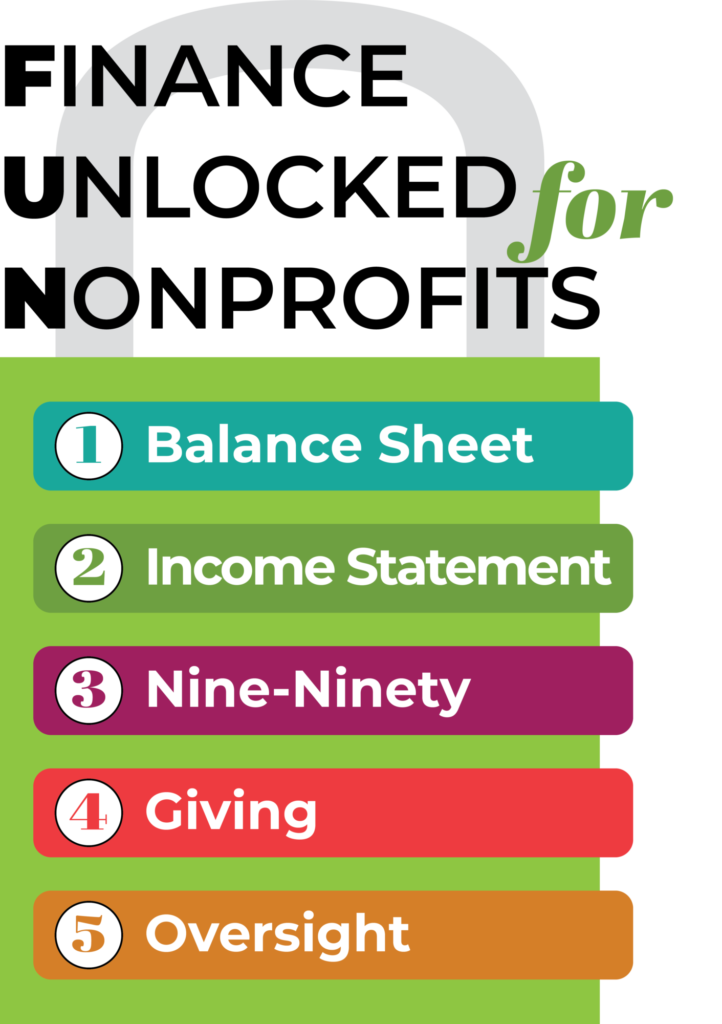
Let's Go Legal

